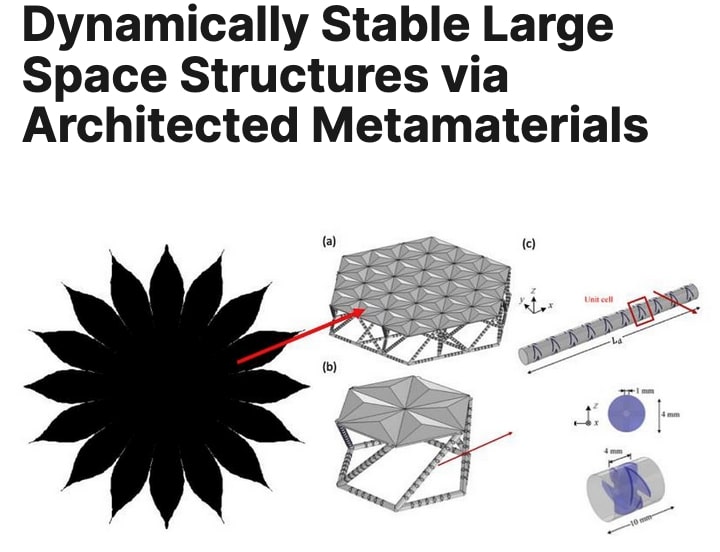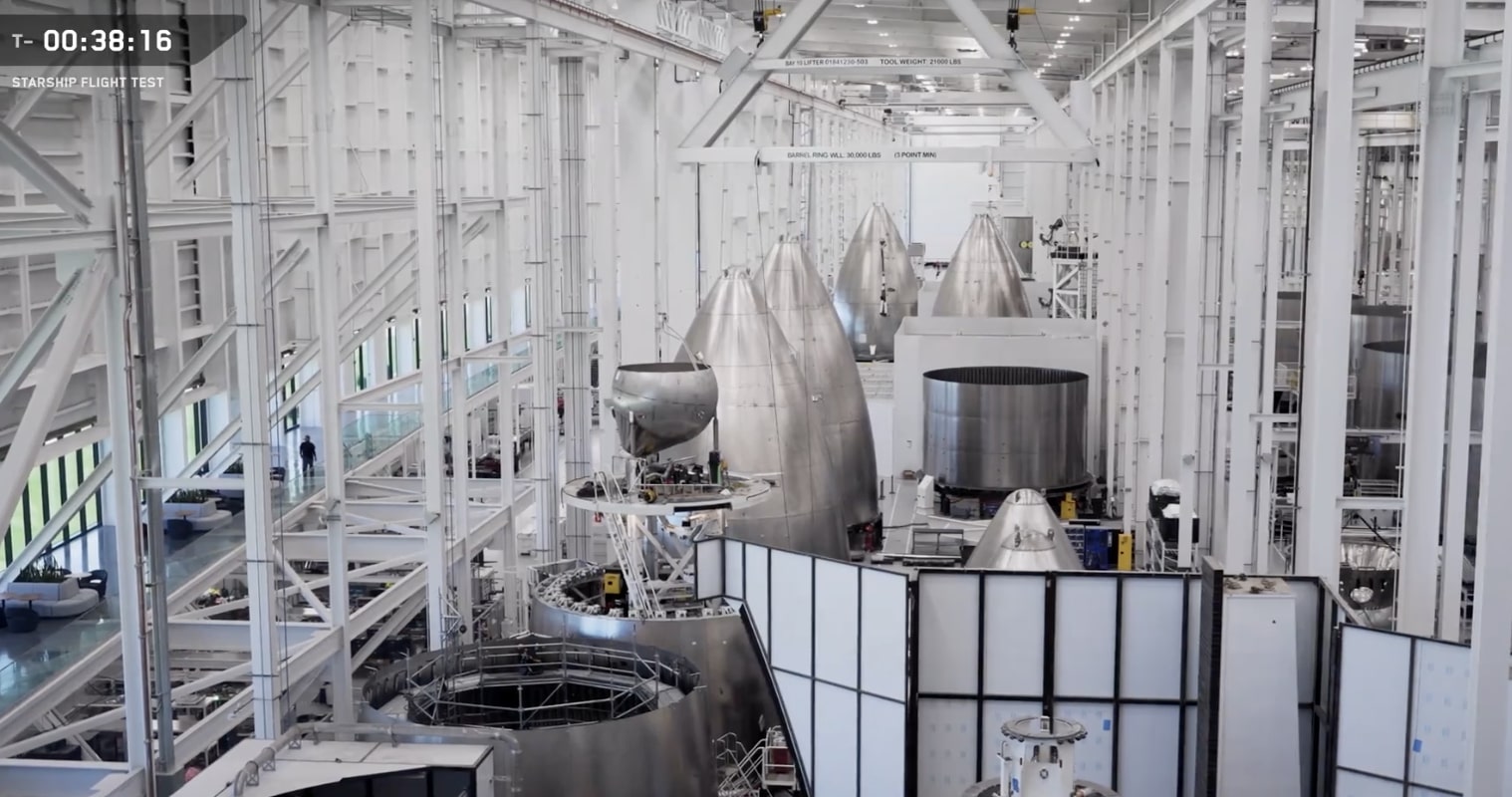Now Reading: NASA Develops Advanced Starshades to Enhance Exoplanet Discovery
-
01
NASA Develops Advanced Starshades to Enhance Exoplanet Discovery
NASA Develops Advanced Starshades to Enhance Exoplanet Discovery

Rapid Summary
- NASA is exploring starshade-based methods to enhance exoplanet observation capabilities without relying on increasingly large telescope apertures.
- Starshades aim to block starlight, which is billions of times brighter than the reflected light from planets, enabling direct imaging of Earth-like planets around Sun-like stars.
- Traditional materials for space structures trade-off stiffness and damping, limiting precision required for observations; novel metamaterials may address this issue.
- Christine Gregg from NASA Ames Research Center leads a NIAC proposal employing meta-materials for ultra-stable starshade structures built in orbit through robotic assembly to reduce mass and costs associated with deployable designs.
- Meta-materials offer properties like enhanced stiffness-to-weight ratios,better vibration damping,and suppression of unwanted resonances using phononic crystals.Advances in 3D printing and injection molding play a key role in developing these technologies.
- the proposal complements another NIAC project by Nobel laureate John Mather on inflatable star shades targeting the same mission objectives but offering alternative designs.
- Robotic assembly strategies inspired by modular approaches (e.g.,ISS) are being explored as cost-effective near-term solutions for assembling complex structures in space.
Indian Opinion Analysis
NASA’s pursuit of advanced technologies such as meta-material-based starshades reflects a critically important evolution in exoplanetary science and material engineering practices that could yield transformative innovation worldwide. For India-a nation already making strides in space exploration (e.g.,chandrayaan missions)-this development underscores the burgeoning importance of interdisciplinary approaches that combine robotics,materials science,and astro-engineering expertise.
Adoption or adaptation of similar technologies could help Indian institutions like ISRO align themselves with global standards while exploring deep-space phenomena efficiently within limited budgets. The broader implications include potential international collaboration opportunities or knowledge exchange between agencies like ISRO and NASA concerning lightweight deployables or robotic assembly techniques essential not just for astronomy but also broader satellite applications.
This highlights a critical frontier where emerging economies investing proactively could reap long-term benefits across aerospace research domains-reinforcing their place among countries shaping humanity’s understanding beyond Earth’s boundaries.Read More
























